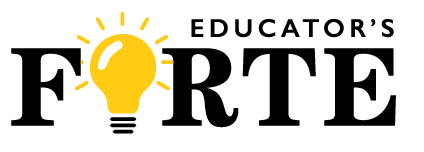Making Traditional Workshop Sessions More Engaging
Traditional workshop sessions can be effective when relevant, well-designed, and intentionally implemented. To make them more engaging, it’s essential to incorporate active and participatory learning strategies, such as group discussions, problem-solving activities, role-playing, and hands-on demonstrations. Providing opportunities for teachers to apply the new knowledge and skills in real-world scenarios can enhance their understanding and retention of the material. Additionally, building in planned follow-up sessions or activities after the workshop can help reinforce learning and support implementation in the classroom.
Utilizing Staff Meetings for 5-Minute Training
Staff meetings can be transformed into opportunities for quick and impactful professional development through “5-Minute Training.” These are short, intensely focused, and well-planned sessions that can be integrated into regular staff meetings. Topics can range from instructional strategies, classroom management techniques, technology tools, or other relevant areas. By keeping these trainings concise, engaging, and aligned with teachers’ needs, they can be an effective way to deliver just-in-time professional development that is relevant and practical for teachers. They can become even more impactful when an area of focus that will be relevant to all teachers is chosen early on so that each mini-session builds upon the last. A year of staff meetings can quickly add up to three hours of professional learning!
Exploring Blended Learning for Teachers
Blended learning, which combines online and on-site training, can be a powerful approach to professional development. Online courses can provide teachers with flexibility in terms of time and pace, allowing them to learn at their own convenience. On-site follow-up sessions can provide opportunities for teachers to apply what they have learned in a supportive environment, receive feedback, and engage in collaborative discussions with peers. Blended learning can also provide access to a wide range of resources, such as videos, articles, and interactive activities, which can enhance the learning experience.
Embracing Small Group Book Study
Book study is a popular approach to professional development that can be done in small groups. Teachers can select a relevant book on a specific topic, read it independently or in small groups, and engage in discussions to share insights and reflections. The small group nature of book studies also helps ensure that the topic is highly relevant to the teachers who participate. This approach allows for deep engagement with the material, encourages collaboration among teachers, and promotes reflection on practice. School leaders can facilitate the book study groups and provide support and guidance as needed.
Encouraging Independent Learning
Providing opportunities for individual teachers to pursue their own professional development interests can be empowering. Teachers can explore online resources, participate in webinars, engage in self-directed learning, or join professional learning communities to further their knowledge and skills in their specific areas of interest. Encouraging and supporting independent learning can help teachers take ownership of their professional growth and personalize their learning journey. While most teachers engage in some form of independent learning when needed, they often don’t view that learning as “professional development”—at least partly because they may not receive required in-service credit. School leaders can help encourage regular independent learning by finding ways to make these independent endeavors credit worthy.
When school leaders support alternative approaches to professional development, opportunities for teacher develop expand exponentially. So get creative as you focus in how to support teacher growth!
In the final part of our series, we will dig into the process of developing, implementing, and monitoring personalized professional development plans for teachers. Follow us for more insights!

